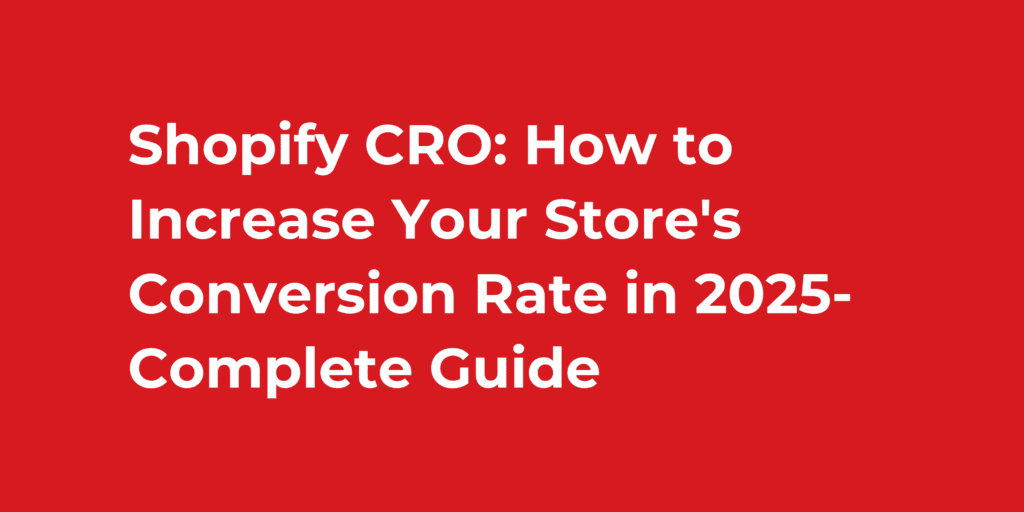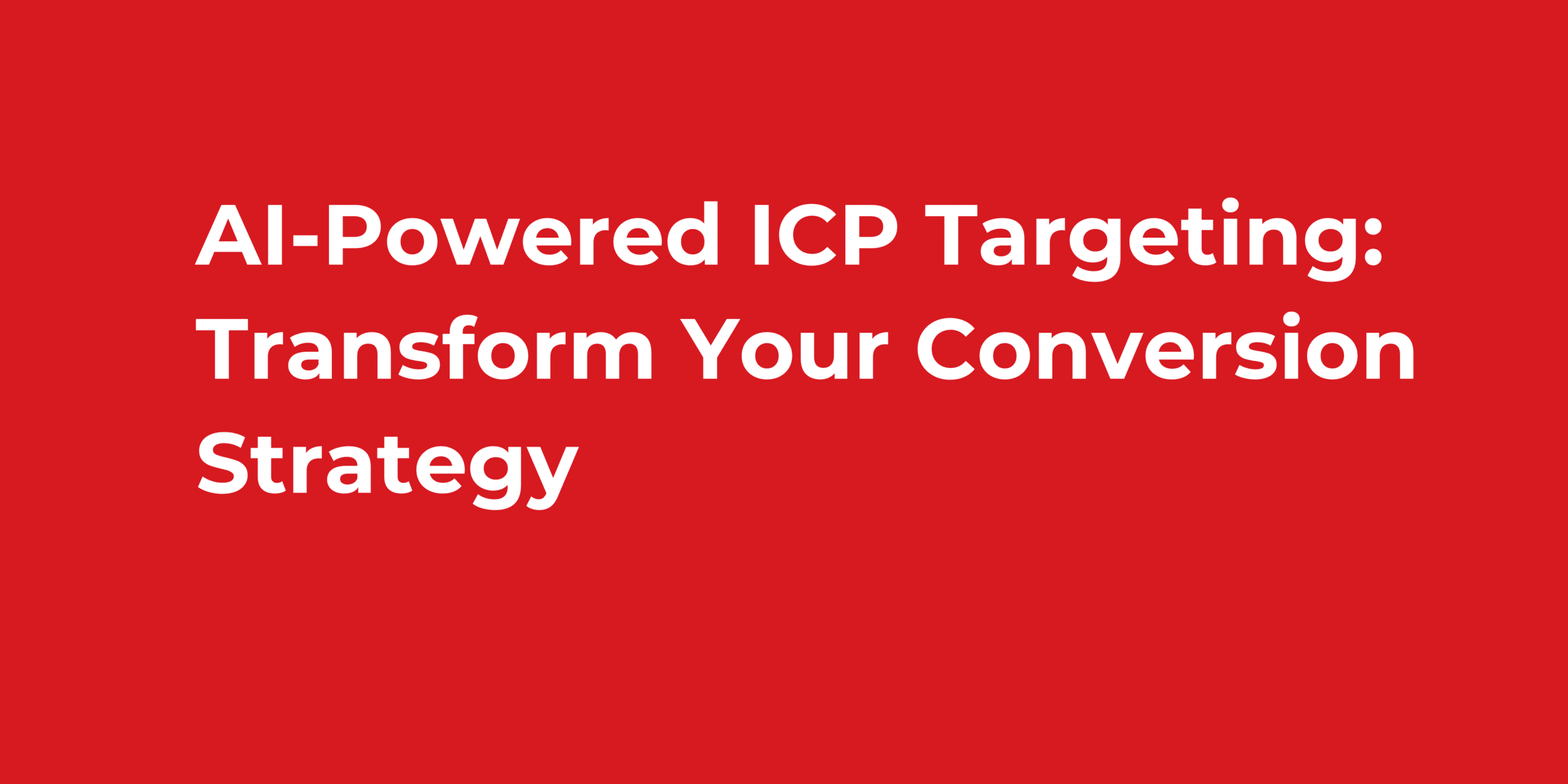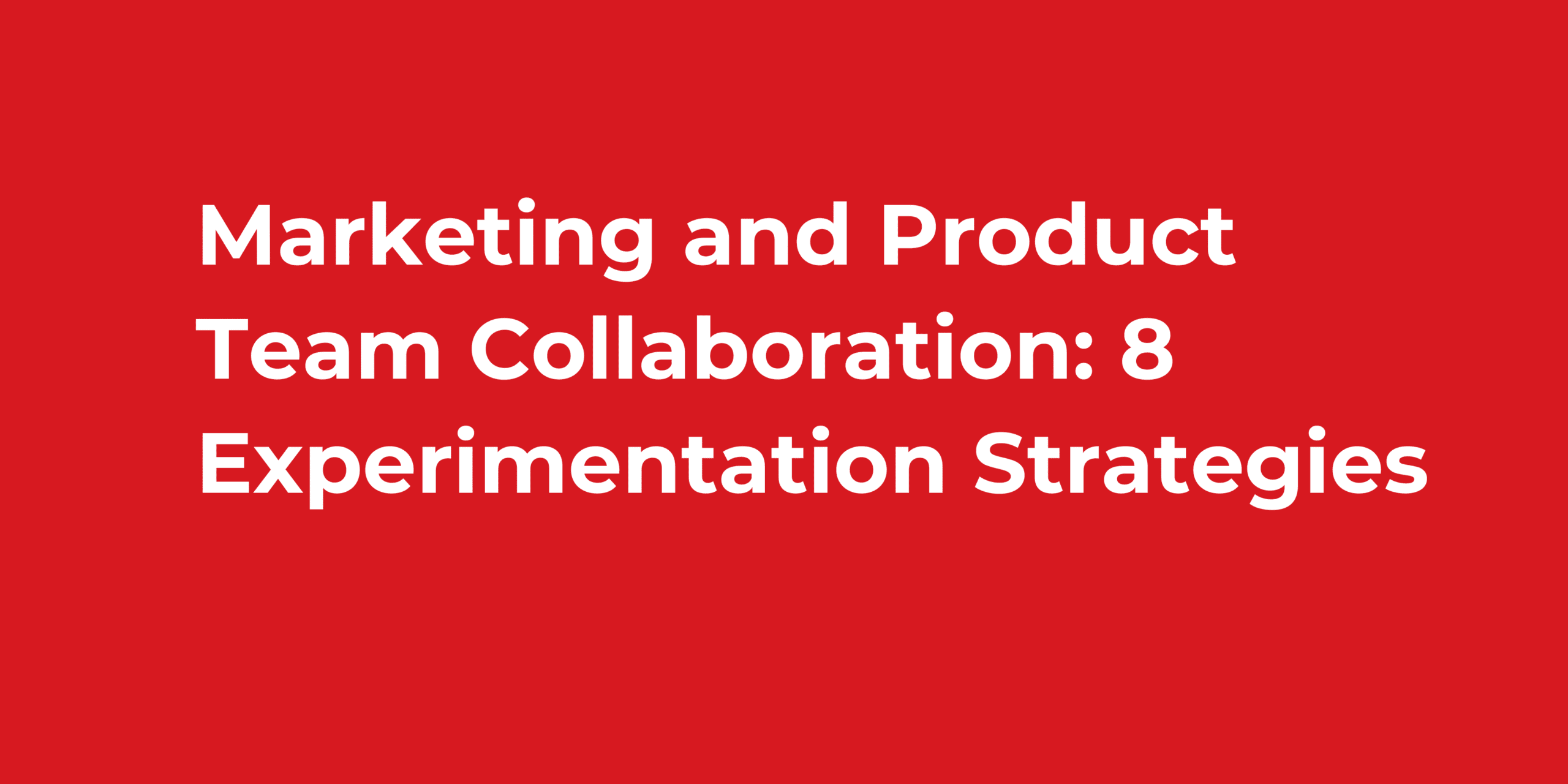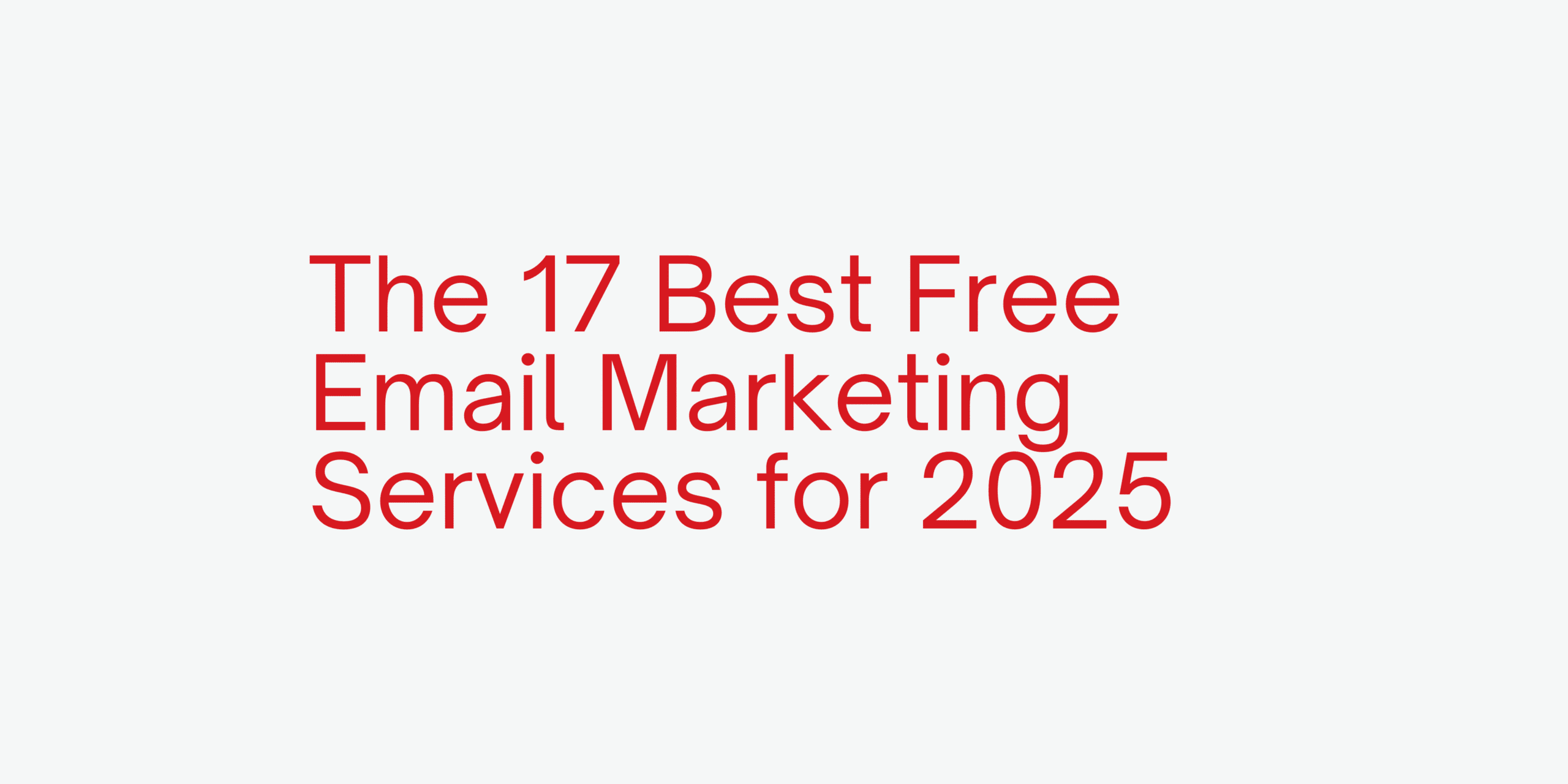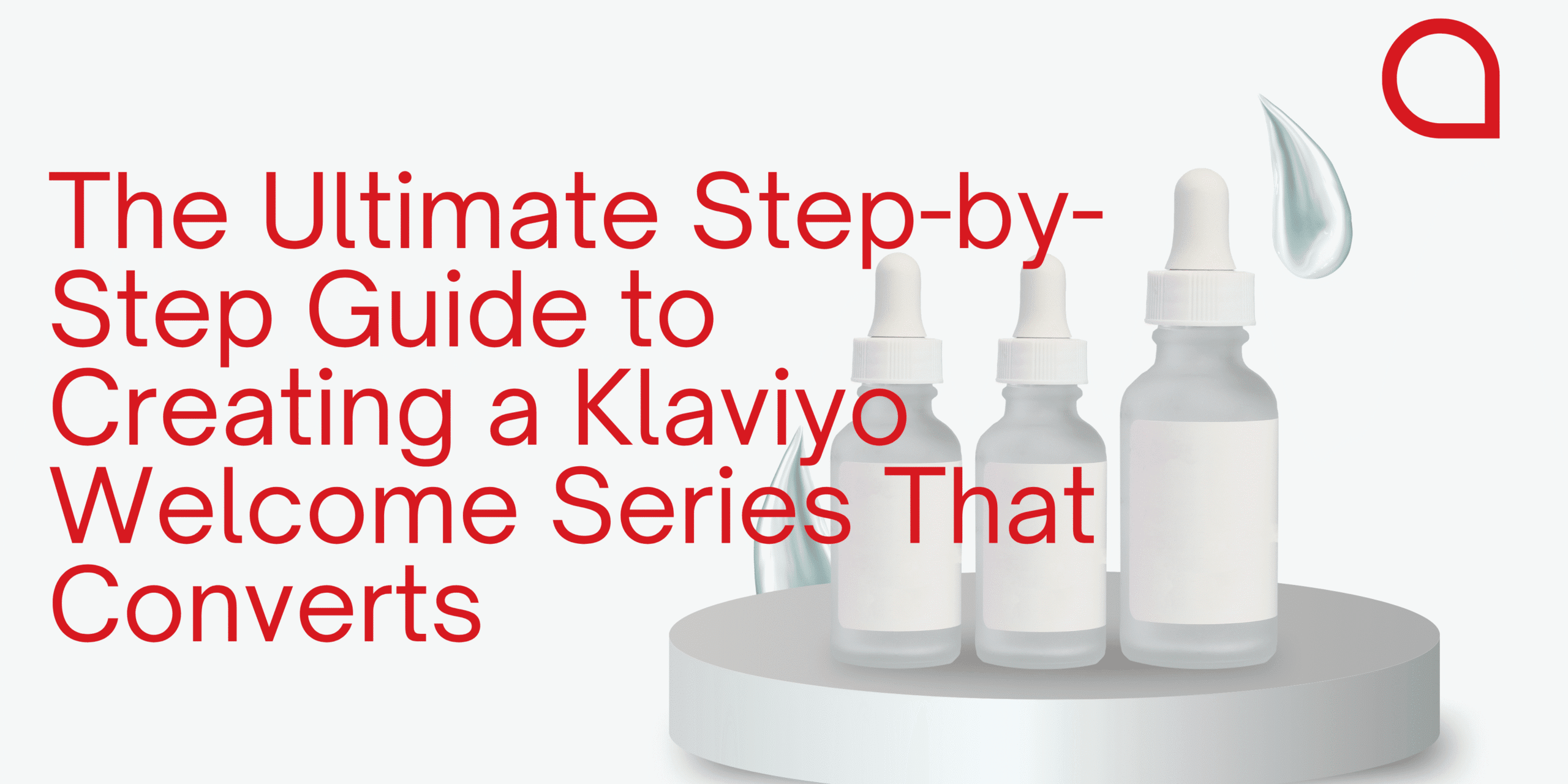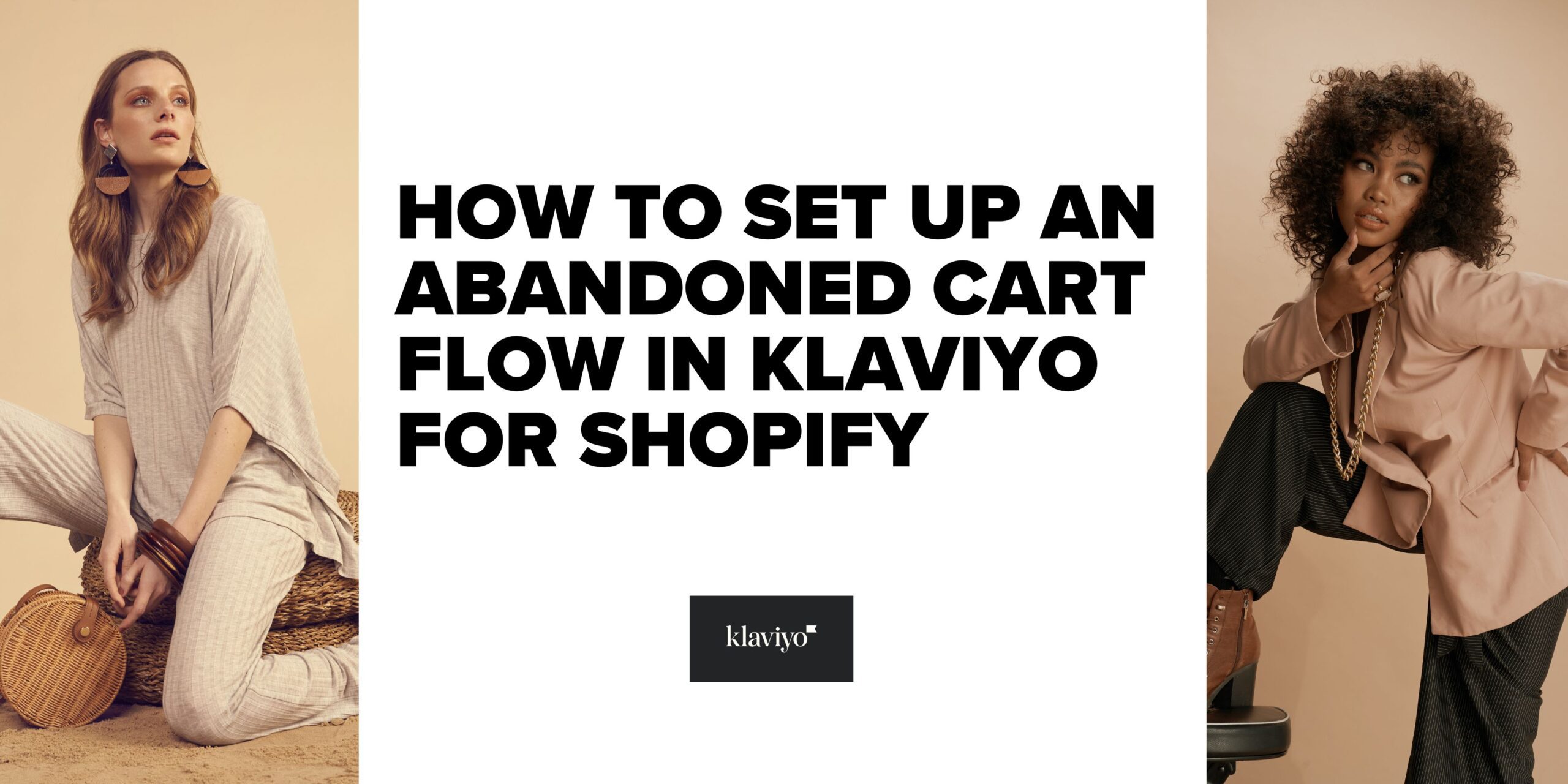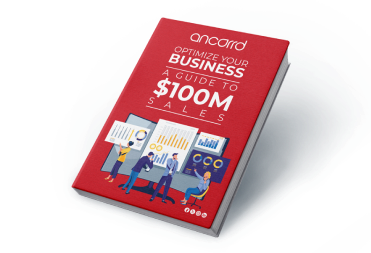Running a Shopify store in 2025 means facing fierce competition. If you’re driving traffic but struggling with conversions, you need a solid Shopify CRO strategy. Shopify CRO (Conversion Rate Optimization) transforms your store’s performance by turning more browsers into buyers—without increasing your marketing budget. This complete guide reveals proven optimization tactics that will skyrocket your sales funnel performance and maximize every visitor’s potential value.
What is Shopify CRO and Why It Matters for Your Business
Shopify CRO is the systematic process of increasing the percentage of website visitors who complete desired actions—making purchases, signing up for newsletters, or adding items to cart. Rather than spending more on traffic acquisition, Shopify CRO focuses on extracting maximum value from existing visitors through strategic optimization.
Consider this scenario: Your store attracts 10,000 monthly visitors with a 2% conversion rate, generating 200 sales. By implementing Shopify CRO techniques to boost that rate to just 3%, you’ll achieve 300 sales from identical traffic—a 50% revenue increase without additional advertising costs.
According to industry benchmarks, the average Shopify conversion rate ranges between 1.5% and 3%. However, top-performing stores consistently achieve 5% or higher through deliberate optimization. At Ancorrd, we’ve helped clients boost conversion rates by 15-25% within six months using data-driven strategies.
Understanding Your Shopify Sales Funnel
Before diving into optimization tactics, you must identify where visitors abandon your sales funnel. Understanding these dropout points is crucial for effective Shopify CRO. Your typical ecommerce sales funnel includes:
Awareness Stage: Visitors discover your store through paid ads, organic search, or social media. They’re just learning about your brand and exploring what you offer.
Interest Stage: Visitors browse product pages, read descriptions, and evaluate offerings. They’re determining whether your products solve their problems or meet their needs.
Decision Stage: Visitors add items to cart and initiate checkout. They’re ready to purchase but may need that final confidence boost.
Action Stage: Visitors complete transactions and become customers. This is where conversion optimization directly impacts revenue.
Retention Stage: Customers return for repeat purchases, becoming brand advocates. While extending beyond initial conversion, retention significantly impacts long-term profitability.
Each funnel stage presents unique optimization opportunities. By analyzing abandonment patterns through conversion rate optimization techniques, you can implement targeted improvements that guide visitors toward conversion.
10 Essential Shopify CRO Strategies for 2025
1. Optimize Your Homepage for Maximum Impact
Your homepage creates crucial first impressions. Within three seconds, visitors should understand what you sell, who it’s for, and why it matters. Confusing or cluttered homepages send potential customers straight to competitors.
Start with a compelling headline that immediately communicates your unique value proposition. Follow with high-quality hero images or videos showcasing products in action. Navigation should be intuitive, allowing effortless product discovery without frustration.
Display trust signals prominently—customer reviews, security badges, press mentions, and certifications. These elements build credibility and reduce purchase anxiety for first-time visitors, directly supporting your Shopify CRO goals.
2. Create High-Converting Product Pages
Product pages are conversion battlegrounds deserving special attention. High-performing pages combine persuasive copy, stunning visuals, and strategic psychological triggers for effective optimization.
Invest in professional product photography showing items from multiple angles. Include lifestyle shots helping customers envision product usage. Video demonstrations can increase conversions by answering questions before customers think to ask them.
Write benefit-focused product descriptions rather than feature lists. Explain how products solve problems or improve lives using sensory language that helps customers imagine ownership experiences.
Social proof is incredibly powerful for Shopify CRO. Display customer reviews prominently, including user-submitted photos when possible. Showcase purchase counts or current viewers to create urgency and validate purchase decisions.
3. Streamline Your Checkout Process
Cart abandonment exceeds 70% industry-wide, often due to complicated checkout processes. Every additional step or form field increases abandonment likelihood, hurting your sales funnel performance.
Enable guest checkout to eliminate forced registration barriers. While customer accounts provide retention value, requiring registration before purchase significantly damages conversion rates. Invite account creation post-purchase instead.
Offer multiple payment options accommodating different preferences. In 2025, this means accepting credit cards, digital wallets (Apple Pay, Google Pay), and buy-now-pay-later services (Shop Pay Installments, Klarna, Afterpay). Payment flexibility directly improves Shopify CRO.
Display progress indicators showing remaining steps. Be transparent about all costs upfront—shipping and taxes included—avoiding cart abandonment from unexpected charges.
4. Implement Strategic Exit-Intent Popups
Exit-intent popups detect imminent visitor departures and present last-ditch retention offers. When used strategically rather than aggressively, they recover otherwise lost conversions.
For first-time visitors, offer discount codes in exchange for email addresses. This enables relationship nurturing through email marketing even without immediate conversion. For returning visitors or cart holders, remind them of abandoned items and offer free shipping or time-limited discounts encouraging immediate purchase.
Ensure popups add value rather than annoyance. They should appear at optimal moments, offer genuinely compelling incentives, and be easily dismissible for uninterested visitors—essential for effective optimization.
5. Leverage Urgency and Scarcity Tactics
Creating urgency motivates immediate action rather than delayed decisions. Limited-time offers, countdown timers, and low-stock warnings tap into scarcity psychology, making products seem more valuable and desirable for better sales funnel results.
Display real-time stock levels on product pages, especially with low inventory. Phrases like “Only 3 left in stock” or “This item is selling fast” encourage immediate purchases before missing out. Ensure these messages are genuine—false scarcity damages trust and undermines Shopify CRO efforts long-term.
Flash sales and time-limited promotions create offer-specific urgency. Use countdown timers showing exact remaining time, making deadlines feel more concrete and immediate.
6. Optimize for Mobile Commerce
Over 70% of ecommerce traffic now originates from mobile devices, with percentages continuing to grow. If your Shopify store isn’t fully mobile-optimized, you’re leaving significant revenue on the table, directly harming conversion optimization potential.
Choose responsive Shopify themes automatically adapting to different screen sizes. Test thoroughly across various devices ensuring images load quickly, text remains readable without zooming, and buttons are finger-tap sized.
Simplify mobile navigation with clean menu structures and prominent search functionality. Mobile users have less patience for complex navigation, so make product discovery and checkout effortless. Consider implementing one-tap checkout and form auto-fill to reduce friction in your sales funnel.
7. Use Personalization to Increase Relevance
Generic experiences no longer suffice in 2025’s competitive ecommerce landscape. Customers expect personalized shopping experiences tailored to their preferences and behaviors—critical for advanced Shopify CRO.
Implement product recommendation engines suggesting items based on browsing history, past purchases, and customer behavior. Display “Frequently bought together” bundles and “Customers who bought this also bought” suggestions to increase average order value while helping customers discover relevant products through intelligent optimization.
Segment email marketing campaigns based on customer behavior and purchase history. Send abandoned cart reminders, personalized product recommendations, and targeted promotions aligning with individual interests rather than generic mass messages.
8. Improve Site Speed and Performance
Page load speed directly impacts conversion rates. Research shows even one-second delays can reduce conversions by 7%. In fast-paced online shopping environments, slow sites frustrate customers and send them to competitors, severely damaging Shopify CRO efforts.
Optimize images by compressing without quality loss. Use Shopify’s built-in optimization features or dedicated apps. Large, unoptimized images are typically the biggest page speed culprits.
Minimize app usage on your store. Each app adds loading code, potentially slowing performance. Regularly audit installed apps and remove those not providing clear value. For essential functionality, seek lightweight alternatives prioritizing performance and optimization.
Choose fast, well-coded Shopify themes from reputable developers. Some visually appealing themes are bloated with unnecessary features dragging down performance. Test site speed using Google PageSpeed Insights and GTmetrix to identify specific issues affecting your sales funnel.
9. Build Trust with Transparent Policies
Trust is fundamental to online conversions and effective Shopify CRO. Customers need confidence that purchases are safe, products will arrive as described, and they have recourse if problems occur.
Create clear, easily accessible return and refund policies. Generous return policies actually increase conversion rates by reducing perceived risk. Customers are more likely to try products when they know easy returns are available for items not meeting expectations.
Display security badges and SSL certificates prominently during checkout. Show accepted payment method logos and relevant compliance certifications. These visual trust signals reassure customers about payment information security, essential for optimization.
Be transparent about shipping times and costs. Unexpected shipping charges at checkout lead to cart abandonment. Display shipping costs clearly on product pages or offer calculators letting customers check costs before adding items to cart.
10. Implement Live Chat Support
Real-time assistance can differentiate between completed sales and abandoned carts. Live chat allows question answering, concern addressing, and purchase process guidance at exact moments customers need help—powerful for Shopify CRO.
Many stores now implement AI-powered chatbots handling common questions 24/7, escalating complex issues to human agents. These tools can instantly answer FAQs about shipping, returns, sizing, and product details, removing conversion barriers from your sales funnel.
Proactive chat invitations, triggered when customers spend extended time on pages or show exit intent, can catch hesitant shoppers at critical moments and provide reassurance needed to complete purchases through strategic optimization.
Advanced Shopify CRO Techniques for Maximum Results
A/B Testing for Continuous Improvement
Optimization isn’t a one-time project—it’s ongoing testing, learning, and refining for superior Shopify CRO. A/B testing enables data-driven decisions rather than assumptions about what works in your sales funnel.
Test different store elements systematically:
- Homepage headline variations
- Product image styles
- Call-to-action button colors and copy
- Discount amounts or promotional messages
- Checkout process layouts
Use tools like Google Optimize, Optimizely, or Shopify-specific A/B testing apps for controlled experiments. Test one variable at a time to clearly understand what drives improvements. Let tests run long enough for statistical significance before drawing conclusions about optimization effectiveness.
Leverage Social Proof Strategically
Beyond basic customer reviews, numerous social proof methods enhance your sales funnel. Real-time purchase notifications create activity and popularity perceptions around products. Customer-generated content—particularly photos and videos of real people using products—builds authenticity and trust essential for Shopify CRO.
Feature testimonials strategically throughout your site, not just on product pages. Homepage testimonials build brand credibility, while checkout page testimonials reinforce purchase decisions at critical moments. Include specific details in testimonials rather than generic praise to make them more believable and impactful for optimization.
At Ancorrd, we’ve seen clients achieve remarkable results through strategic social proof implementation. As one client shared: “Ancorrd’s CRO strategy helped us achieve a 25% conversion rate increase!” These real results demonstrate the power of properly executed optimization strategies.
Optimize Your Email Capture Strategy
Building email lists is crucial for long-term conversion optimization. Email allows relationship nurturing with potential customers over time, bringing them back when they’re ready to buy—essential for effective sales funnel management.
Offer compelling signup incentives providing immediate value:
- Discount codes
- Free shipping on first orders
- Access to exclusive content or early product launches
- Useful resources like buying guides or style tips
Time email capture popups strategically. Immediately hitting visitors with popups before they’ve explored creates poor first impressions and hurts Shopify CRO. Instead, trigger popups after visitors spend time browsing or view multiple pages, showing genuine interest in your store.
Create Urgency Without Manipulation
While urgency and scarcity powerfully motivate action, they must be used authentically for sustainable optimization. Fake countdown timers that reset or false low-stock warnings will eventually be discovered, destroying customer trust and damaging your brand reputation—ultimately harming Shopify CRO efforts.
Legitimate urgency creation methods include:
- Genuine limited edition products or seasonal items
- Flash sales with real end times
- Inventory alerts based on actual stock levels
- Early bird pricing for new product launches
The key is ensuring all urgency messaging reflects reality, maintaining trust while improving your sales funnel performance.
Measuring Your Shopify CRO Success
Optimization requires measurement—you can’t improve what you don’t track. Focus on these key metrics to gauge Shopify CRO effectiveness:
Conversion Rate: Percentage of visitors completing purchases. Track overall and for specific traffic sources, products, and campaigns to understand optimization impact.
Average Order Value (AOV): Average customer spend per transaction. Increasing AOV through upsells, cross-sells, and bundles multiplies conversion rate improvement impacts on your sales funnel.
Cart Abandonment Rate: Percentage of shoppers adding items to cart but not completing checkout. High abandonment rates signal checkout process or pricing strategy problems affecting Shopify CRO.
Bounce Rate: Percentage of visitors leaving after viewing only one page. High bounce rates suggest landing page issues, page load speed problems, or traffic quality concerns impacting optimization.
Time on Site: Duration visitors spend browsing your store. More time generally indicates higher engagement and product interest supporting conversion goals.
Use Shopify’s built-in analytics alongside Google Analytics to track these metrics over time. Set benchmarks based on current performance, then measure each optimization’s impact on your sales funnel.
Common Shopify CRO Mistakes to Avoid
Even well-intentioned optimization efforts can backfire if you make these common mistakes:
Over-designing: Complex, flashy designs might look impressive but often hurt usability and conversions. Simplicity and clarity should always take priority over visual complexity for effective Shopify CRO.
Neglecting mobile optimization: With mobile commerce dominating, failing to optimize for smaller screens means losing the majority of potential customers in your sales funnel.
Ignoring page speed: No amount of persuasive copy or beautiful design can compensate for slow-loading stores. Speed is foundational to good user experience and optimization.
Making too many changes at once: When changing multiple elements simultaneously, you can’t identify what actually drove performance improvements or declines, undermining Shopify CRO efforts.
Focusing only on acquisition: Bringing in more traffic is expensive. Optimizing conversion rates delivers better ROI by maximizing value from traffic you already have in your sales funnel.
Forgetting post-purchase experience: CRO doesn’t end at checkout. Order confirmation pages, shipping notifications, and follow-up emails all present opportunities to increase customer lifetime value through repeat purchases and sustained optimization.
Want to learn more about identifying your ideal customers? Check out our guide on building ideal customer profiles to enhance your targeting strategy alongside conversion optimization.
Shopify CRO Tools and Resources for 2025
Implementing effective Shopify CRO requires the right tools for your optimization stack:
Analytics Tools: Google Analytics 4, Shopify Analytics, Hotjar for heatmaps and session recordings to understand user behavior in your sales funnel.
A/B Testing Tools: Google Optimize, Optimizely, VWO for systematic testing of optimization hypotheses.
Email Marketing: Klaviyo, Omnisend for segmented campaigns and abandoned cart recovery supporting Shopify CRO goals.
Customer Reviews: Yotpo, Judge.me, Loox for collecting and displaying social proof that boosts conversions.
Live Chat: Tidio, Gorgias, Zendesk for real-time customer support during critical purchase moments in your sales funnel.
Speed Optimization: TinyIMG, Crush.pics for image optimization and faster page loads improving user experience and optimization results.
For businesses needing deeper insights, Ancorrd specializes in conversion rate optimization strategies that integrate these tools into cohesive, data-driven approaches delivering measurable Shopify CRO improvements.
Conclusion: Your Shopify CRO Roadmap for Success
Increasing your Shopify store’s conversion rate requires systematic approaches focused on understanding customers, removing buying process friction, and continuously testing and refining strategies through committed optimization. The tactics outlined in this guide provide solid foundations, but remember every store is unique. What works brilliantly for one brand might not deliver identical results for another in their sales funnel.
Start by identifying your biggest conversion bottlenecks through data analysis and customer feedback. Prioritize fixes addressing the most significant problems first, then systematically work through additional Shopify CRO optimizations. Test your assumptions, measure results, and iterate based on what you learn about your specific audience.
Stores that thrive in 2025 will be those committing to ongoing optimization rather than viewing it as one-time projects. By consistently improving your sales funnel, building customer trust, and delivering exceptional shopping experiences, you’ll not only increase conversion rates but also build sustainable, profitable Shopify businesses through strategic CRO.
As Ancorrd’s data shows, businesses implementing comprehensive conversion rate optimization see average conversion boosts of 15-25% within six months, with clients experiencing 3x ROI increases and 20% sales uplifts. These aren’t just numbers—they represent real revenue growth from traffic you already have.
For additional strategies to grow your business, explore our insights on ecommerce brand marketing strategies and learn how to build an organic customer base that complements your Shopify CRO efforts.
Ready to transform your Shopify store’s performance? At Ancorrd, we specialize in data-driven Shopify CRO strategies that deliver measurable results. Our team of ecommerce experts can audit your store, identify untapped opportunities, and implement optimization strategies tailored to your unique business goals. We bridge the gap between website traffic and conversions with proven techniques that maximize every visitor’s value in your sales funnel.
Contact us today to learn how we can help you maximize conversions and grow your revenue in 2025 and beyond through strategic optimization.
Frequently Asked Questions About Shopify CRO
What is a good conversion rate for Shopify stores?
The average Shopify conversion rate ranges between 1.5% and 3%, but top-performing stores achieve 5% or higher through strategic optimization. Your target conversion rate depends on your industry, average order value, and traffic sources.
How long does it take to see Shopify CRO results?
Most businesses see initial improvements within 4-6 weeks of implementing optimization strategies. Significant, sustained results typically appear within 3-6 months as you test, refine, and scale successful tactics in your sales funnel.
What’s the difference between Shopify CRO and SEO?
SEO (Search Engine Optimization) focuses on attracting more visitors to your store through organic search. Shopify CRO focuses on converting those visitors into customers once they arrive. Both work together—SEO brings traffic, CRO monetizes it through sales funnel optimization.
How much should I invest in Shopify CRO?
Investment varies based on your current performance and goals. However, CRO typically delivers exceptional ROI because you’re optimizing existing traffic rather than paying for new visitors. Many businesses see $3-10 return for every $1 invested in conversion optimization.
Can I do Shopify CRO myself or do I need an agency?
You can implement basic optimization tactics yourself using this guide. However, agencies like Ancorrd bring specialized expertise, testing tools, and data analysis capabilities that typically deliver faster, more substantial results through comprehensive sales funnel strategies.
